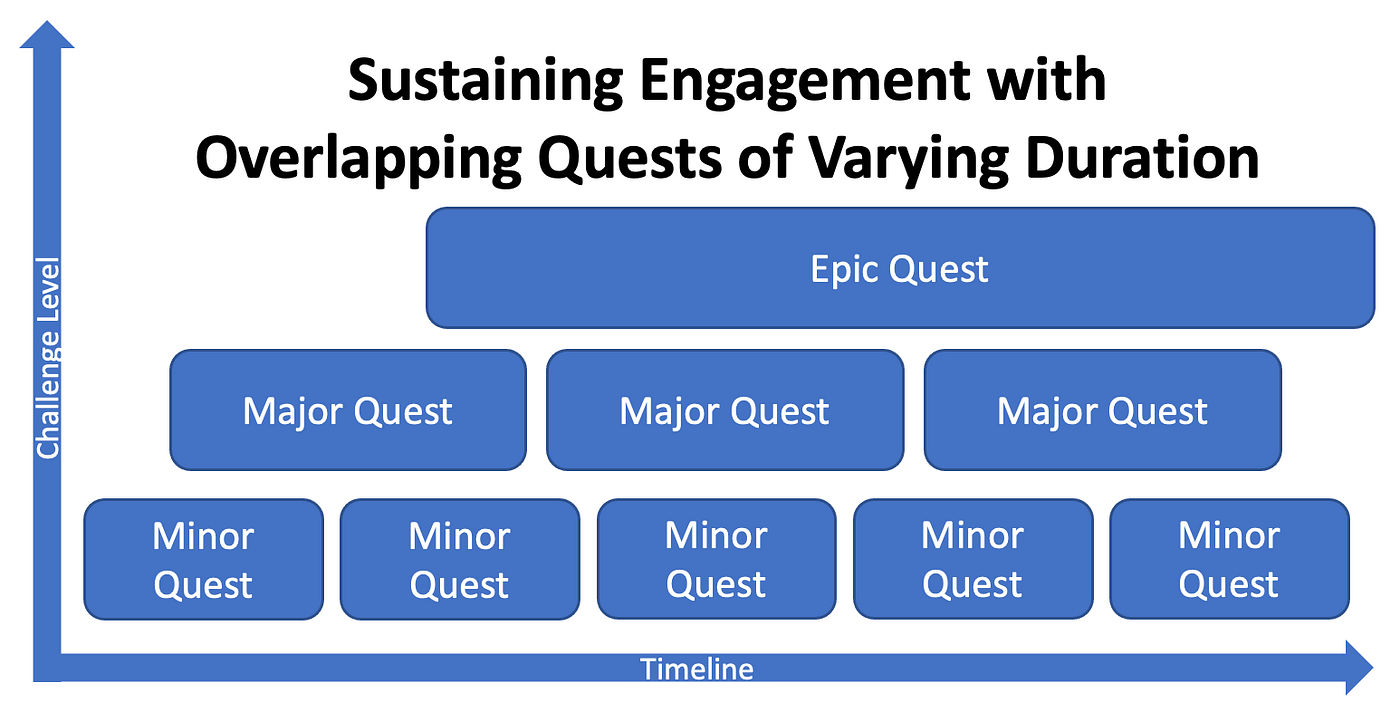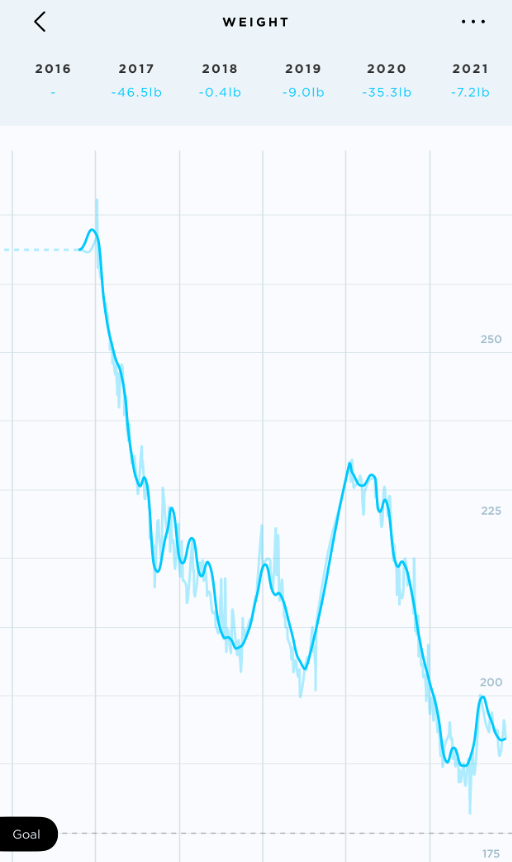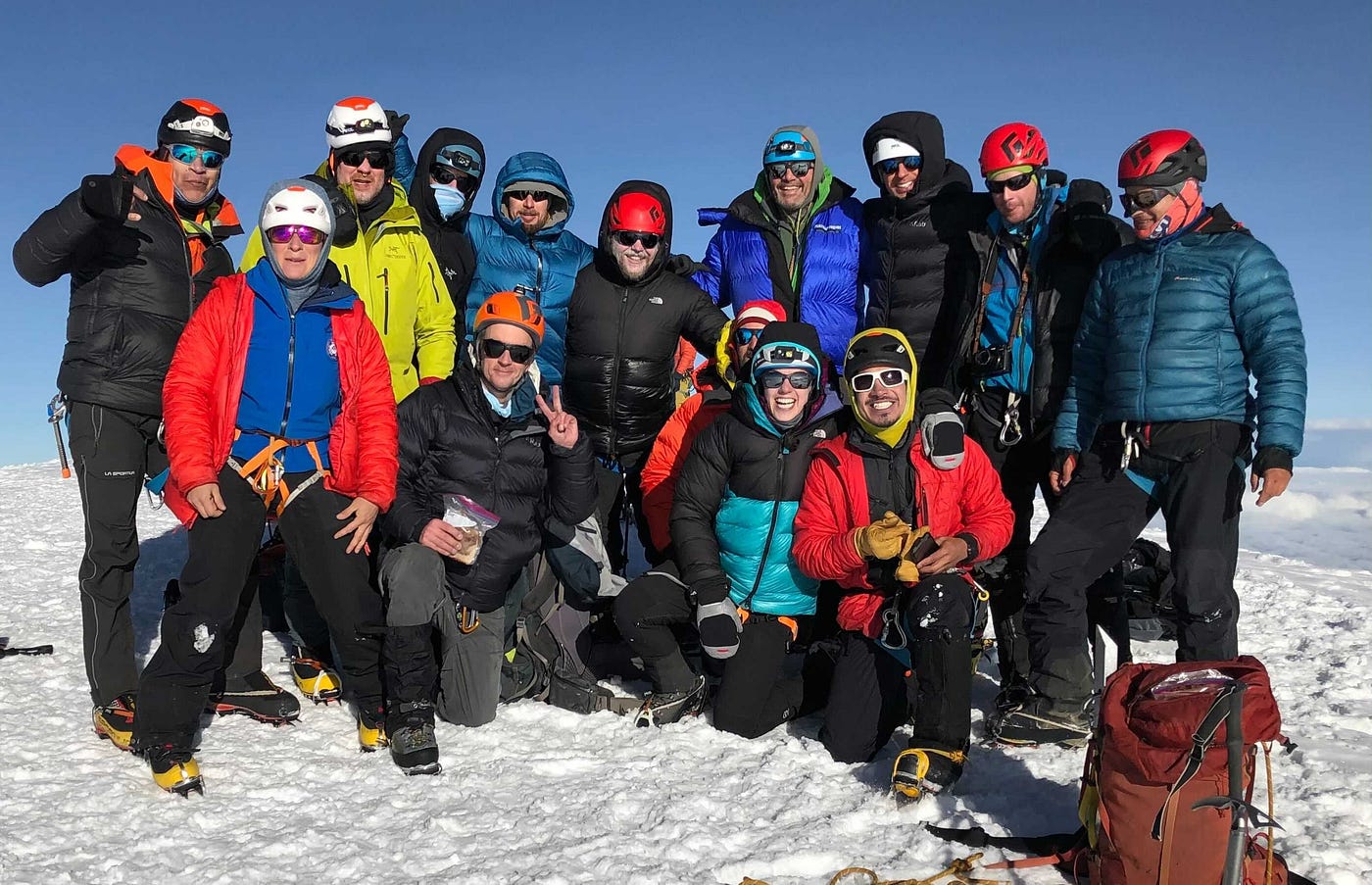
[ad_1]
It’s January 1, and many people are thinking about how they’ll change in the New Year.
I’m not a big fan of New Years resolutions. They almost never work. #ngmi
Instead, I want to tell you what I’ve done for the last five years, why it worked and continues to work, and some guidance on how to improve your life.
Spoiler alert: I used everything I knew about game design to create a new story of myself and create the change I wanted.
Unlike the terrible “gamification” concepts some have written about, I’ll share the techniques that go beyond pointless point systems. I’ll explain how I used aspiration, storytelling, quest systems, and community to create the results I wanted.
You’ll find this article helpful if you’re starting a process to change your own life. And if you’re designing a business, a game, or an experience (metaverse or otherwise) I think you’ll find the tips here will help you think about how to create a more emotionally engaging journey.
One of the most important aspects of game design is forming an aspiration: a vision of the story you’ll tell yourself to keep you playing. It is more about progression, imagination and the future — and less about points, badges and short-term rewards.
Here’s how I looked over the span of five years while I transformed myself from a sedentary tech entrepreneur into a supercharged tech entrepreneur who also happens to be an athlete, alpinist and mountaineer:

So I’m going to tell you about creating a New Year’s Aspiration, and using game mechanics to move you towards your goal.
In 2016 I realized my overall well-being wasn’t where I wanted it to be.
I had — and have — an enormous energy-level, but my poor fitness was eroding my energy and overall productivity. My body was beginning to pay a price for years of startup life where I sacrificed absolutely everything in pursuit of business — a difficult and all-too-common trade-off made by many entrepreneurs. But while in pursuit of this, I failed to realize that I was taxing my energy and productivity and that it was starting to catch up to me.
I had entered 2016 with a resolution to get healthier, and like many people — I improved my diet (eliminating sugar and going ketogenic) and adding in exercise. I started to see dramatic improvements, but I didn’t know how to sustain it beyond the first few months.
Due to a stroke of luck, a friend told me that he had a big birthday coming up and he wanted to climb Mount Kilimanjaro. If you looked at me at the time, you wouldn’t have thought that I could have ever considered it — but I immediately told him I was “in” for the adventure… I would have a year to train.
Mount Kilimanjaro became a goal, rather than pursuing improved fitness for its own sake. It gave me an aspiration and a reason that kept me going.
Beyond that, I started to create a different story of myself. I wasn’t simply going to climb Mount Kilimanjaro. I was going to be a mountaineer. An alpinist. An athlete.
When designing a game, it’s important to think about what the player’s journey will be like — not simply the “core loop” of the experience, but the reason behind it: the storytelling.
Instead of simply having a resolution this year, why not think a bit bigger; decide on how your new resolution fits into a larger story of your life and what you want to become.
Make a New Year’s Aspiration instead… and don’t be afraid to make it an audacious goal. After all, it is the journey that is important.
The challenge with aspirations is that they might seem a bit too far away. Certainly, climbing Mount Kilimanjaro — or taking the next steps towards becoming an alpinist — felt incredibly far away, even with over a year to work towards it.
That’s why you need to think about your quest design.
In adventure-style games, quests give you a set of goals to achieve. One of the keys is that the quests often have varying levels of difficulty and time-horizons. If you’ve played an MMORPG like World of Warcraft, you’ll see this sort of quest design from the first minutes you’re playing:
- Short-term quests you can complete quickly
- Medium-term quests that will take longer and won’t be finished until you’ve done a lot of the short-term quests
- Epic quests that might take a very long time

In an MMORPG, short-term might mean only a few minutes; medium-term might mean an hour; and epic quests might be days or weeks. In physical reality, these time horizons wouldn’t work but the principle reamains the same: varying difficulty, varying duration, with some of the quests acheivable “soon” and some taking a lot more effort.
Overlap their durations so that you can work towards several at once. Here’s what my quest design looked like towards climbing Mount Kilimanjaro (which itself was merely one epic quest in pursuit of my aspiration to become a mountaineer, athlete and alpinist).
Since that time, I’ve climbed other big mountains (Mount Rainier, Mount Whitney, Cayambe) and lot of smaller ones (I just finished climbing all 48 of the New Hampshire mountains over 4,000 feet). Climbing a New Hampshire peak was something I could do most weekends; Cayambe was something I trained for rigorously over the last year; climbing all 48 in New Hampshire is an example of a quest that could be achieved by doing a lot of the smaller ones. Here’s what my quest design looked like in 2021:

Moving into 2022, I look forward to climbing more of the 4,000 footers in Maine and Vermont; more of them in winter; a 14K+ mountain or two in the USA. And I’m planning to trek in the Himalayas in another year to celebrate a big birthday.
An intrinsic reward is one that is gratifying because it comes from inside yourself: something you inherently want and value.
An extrinsic reward is one that works because the “outside world” places value on it and gives it to you in exchange for performance. An example is receiving money, getting “points” in a game, being recognized for achievement, etc. The largest problem in so-called “gamification” systems of the last decade is an emphasis on extrinsic rewards over the instrinsic.
Well-crafted games are an artful blend of intrinsic pleasure and extrinsic scaffolding. Pleasurable activities are the beating heart; progress scaffolding (points, levels, badges, power-ups) serves to support and amplify the core activities.
— Amy Jo Kim, in What makes games so engaging?
In fitness, although there are some people who are intrinsically motivated simply by weighing less or improvement along a particular health metric — the reality for most of us is that these numbers are extrinsic motivators that do not sustain long-term engagement. That’s why fitness-related resolutions and weight-loss programs almost always fail.
I’m a big proponent of quantifying everything. It is important to get feedback on whether the metrics you’re hitting are moving you in the right direction, as long as you can tell yourself the right story ab out how those metrics connect to the aspiration.
In the course of my fitness journey, I tracked (and continue to track) my weight, lean body mass, resting heart rate, heart rate variability. Here’s an example of my multi-year weight loss tracked on my Withings scale:

The thing to note about this is that it isn’t linear. I had plenty of setbacks along the way (vacation splurges, life distractions that took my off my plan, experimenting with different diets that didn’t work out, etc.) But overall, the trend has been towards a healthier weight — one that I’m continuing to pursue into 2022. But more importantly, WHY was I able to maintain this trend in the face of setbacks?
- I was able to return to my aspiration to become an athlete, a mountaineer, an alpinist. Achieving an aspiration is an intrinsic reward.
- I had numerous quests — some short-term, some longer-term — that benefitting from the quantifiable improvements in the metrics that matter. The quests (intrinsic reward) were the goal, not the numbers — even though I realized that improvements in the numbers made the quests more achievable.
- Sometimes I’d do a quest and the physical feedback told me pretty quickly what I needed to improve on (cardio fitness, weight/power ratio, etc.)
Quantified Self Products I Used
The mainstays of my fitness journey included:
- Withings Scale (see above)
- Apple Watch — for tracking calories, steps and heart rate
- Whoop wristband — for tracking sleep quality, strain and heartrate variability
- Peleton cycle, a Stairmaster Stepmill and lots of kettlebell work
…just keep in mind that any of these products are just extrinsic data until you connect them to the right stories about your aspiration.
Many games are successful not simply because of the game itself — but the other people who you’re playing with. Why is this?
As Peter Diamandis writes about mindsets, “You’re the average of the five people you spend the most time with.” This is due to the power of your community to reengage you, celebrate your accomplishments, inspire you, to surface opportunities… and simply because hanging out with people who share your tastes or adventures is fun.
The great thing about mountaineering is that it is a community. I’ve met people on climbs or at the Adirondak Winter Mountainering School includes people I’ve stayed connected with for years.
Building your New Year’s Aspiration around a community that you can tap into to connect with others who share your goals and aspiration is a powerful way to stick with it through years of setbacks.
Technology has made connecting with a community easier than ever. Is your aspiration to be an athlete? An artist? A game designer? A chef? An entrepreneur? There are ample communities for all of that and more. #wagmi

[ad_2]